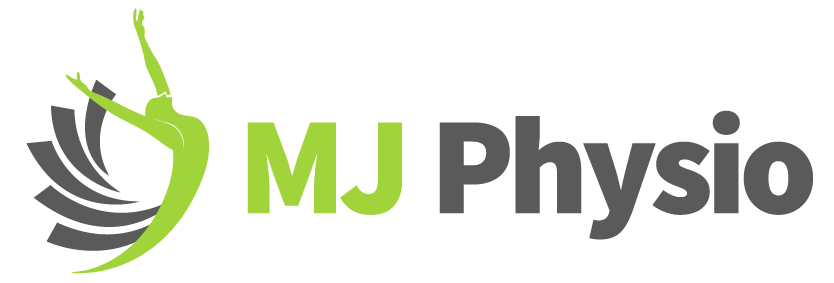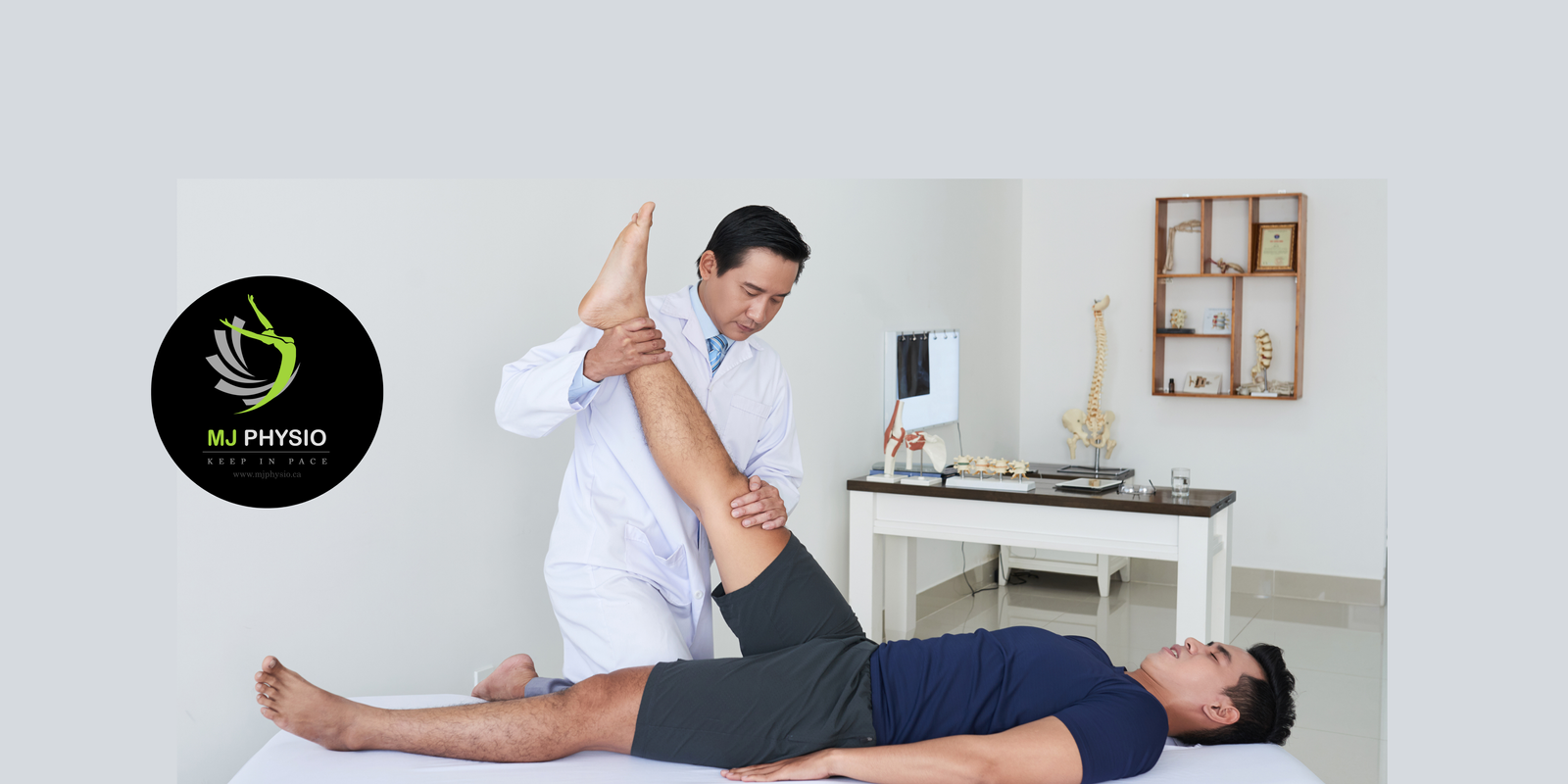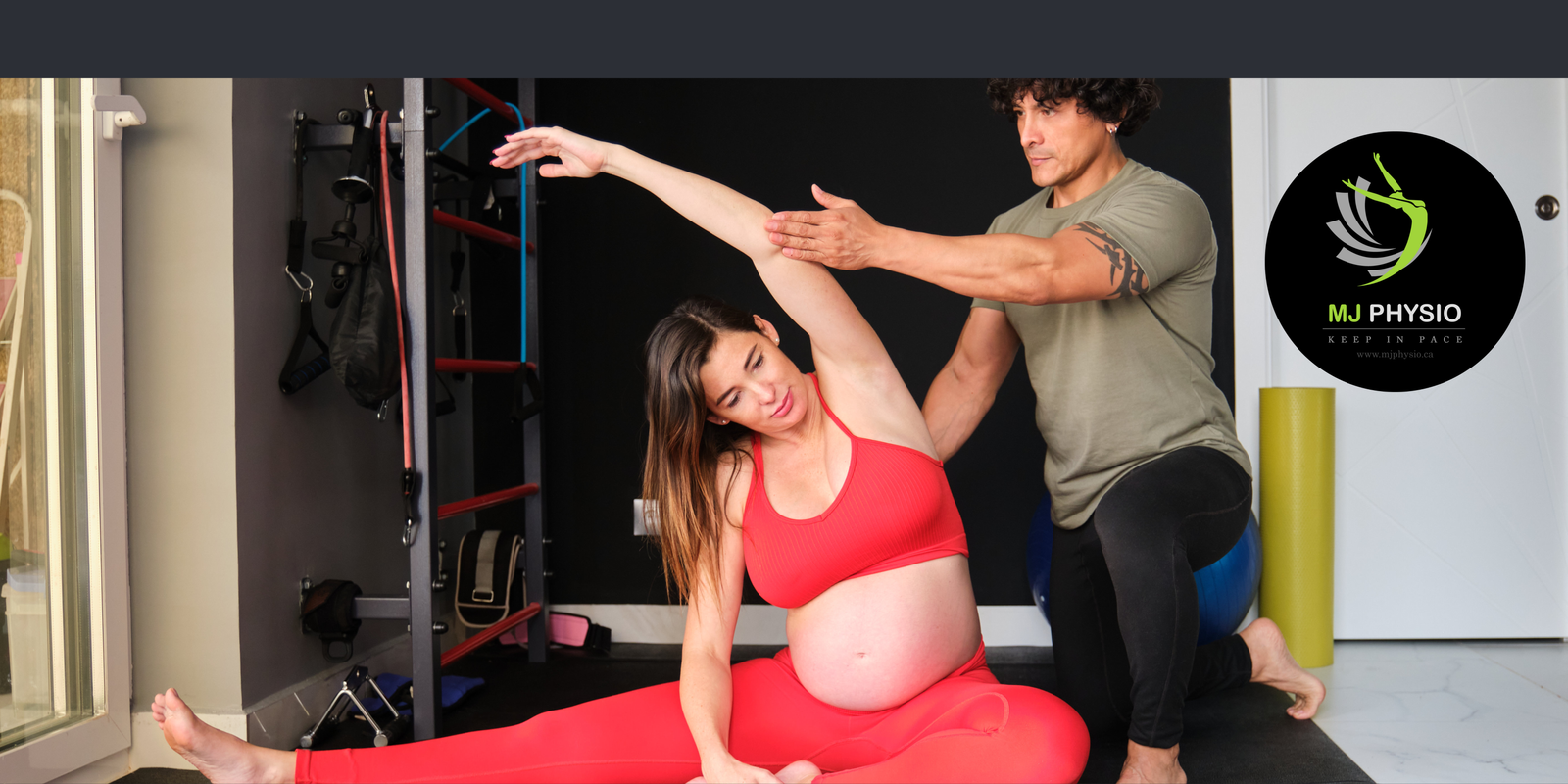What is Chronic Pain?
Chronic pain occurs with ongoing trauma or inflammation; for example, with rheumatoid arthritis, it may also occur due to the absence of ongoing trauma (viz. post MVA, myofascial pain, fibromyalgia, tennis elbow). IMS treats chronic pain due to the absence of ongoing trauma. This pain is termed as neuropathic pain that is seen when the nerves malfunction due to previous minor trauma. It leads to supersensitivity in the tissues that the nerves supply, it is noticed in the muscles (for patients. The consequence of this nerve and tissue supersensitivity is pain, the medical tests may show that “everything is fine”. This super sensitivity leads to a shortening of muscles.
If muscle shortening occurs around the spinal area, it leads to compression of the disc and spinal joints; It may compress the spinal nerves, which creates a vicious cycle of pain and dysfunction.
The affected nerves not only serve the muscle tissue but also the skin and other organs. There are many un-noticed effects of neuropathy which can be observed by examination of patients with chronic pain. These effects can include:
- Excessive perspiration over the painful area
- Brittle nails
- Coldness of skin in patchy areas
- Goosebumps
- Localized hair loss
- Excessive fluid in subcutaneous tissue (trophedema)
- Psoriasis.
Introduction to IMS treatments:

Intramuscular Stimulation is a physio treatment used to treat chronic pain. It comes under the dry needling type. It targets supersensitive nerves near the spine and tender muscle bands. It was developed in 1970s by Dr. Chan Gunn when he was working at the Workers Compensation Board. This treatment was developed when Gunn observed that his patients were not recovering by conventional rehabilitation methods. This method is supported by researchers, physicians, trained specialists and experts. It has been a base to western medical science.
Dr. Gunn is presently the president of the Institute for the Study and Treatment of Pain and clinical professor at the University of Washington’s Multi-Disciplinary Pain Centre in Seattle. He has been awarded the Order of British Columbia and the Order of Canada, the nation’s highest honor, for his contribution towards solving chronic pain.
Intramuscular Stimulation depends on a thorough physical examination. As chronic pain is neurological, it can not be detected using CT Scans, MRIs and X-rays. Chronic pain can be complex hence having a thorough initial assessment is important. It is important for one to know if IMS treatment is right for them; for this, seeking a general appointment with a physiotherapist is necessary.
IMS treatments are used for chronic neuropathic pains that occur when nerves malfunction following a trauma that one experiences. The reasons for chronic pains could be on going trauma or due to rheumatoid arthritis. The trauma causes the nerves to become sensitive that leads the muscles to tighten. IMS treatment helps in relieving and releasing the muscles. IMS treatments show effective results in just one seating.
Expectations during IMS treatment:
In the first meeting with the therapist, physical examination is done in order to know the patient and his symptoms. The therapist observes and notes the patient’s movements, past injuries and traumas. After the observations are made and the therapist finds this is the right treatment; the first session is started immediately. At the end of this session, the findings are recapped and the treatment plan is discussed with the patient.
The next session is a follow-up from the previous session; here, the therapist first interacts with the patient to know if there have been any changes in the activity or improvements in the daily routine. Accordingly, the further treatment is adjusted. If the patient was injured for a long time or if he is injured in multiple areas, the number of sessions may increase.
The muscle penetration with needles may be painless as the needles are extremely fine with a diameter of 0.3mm; but if one has shortened or sensitive muscle, he might have a cramping sensation. If one experiences pain in IMS session, it means that they have had too much stimulation for the amount of sensitivity in the nervous system.
Expectations Post IMS treatment:
Here is what you can expect post IMS session:
- An achy, fatigued sensation in those muscles that were needled.
- An instant increase in Range of Motion and strength in the affected area.
- An instant reduction in Neuropathic signs (reduced tenderness, reduced cool skin sensation, reduced goose bumps).
- Application of heat can be helpful immediately following the treatment and intermittently (as necessary) in the 24-36 hours post-treatment. This helps lessen muscle achiness and fatigue.
Common injuries treated using IMS treatment:
Some of the most common injuries and pain points that can be treated using IMS are:
- Degenerative Disc Disease
- Achilles Tendinopathy
- Frozen Shoulder
- Lower Back Pain
- Sciatica
- Whiplash
- Tennis Elbow
- Plantar Fasciopathy





Post Comments